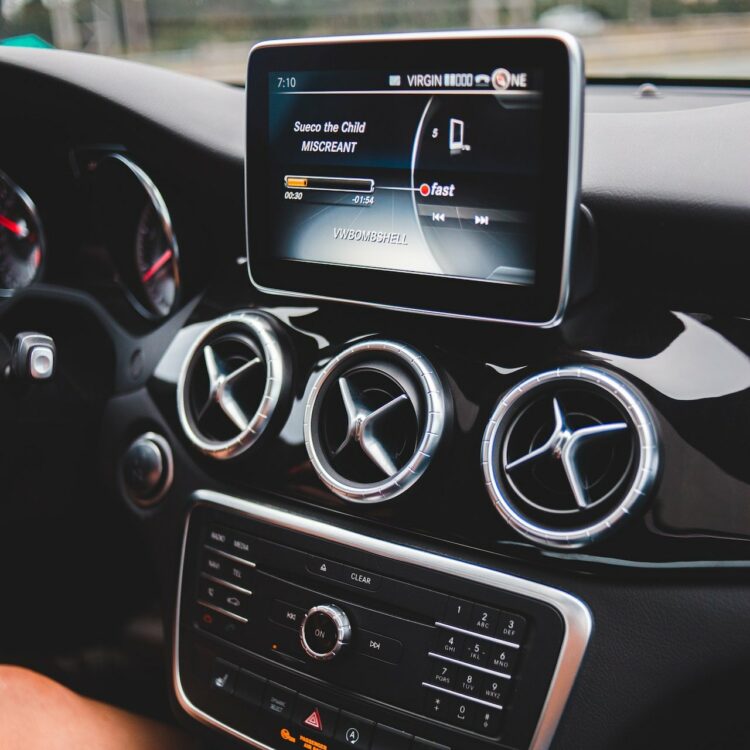Adoption of short-range V2X continues at full steam in China, will take off in Europe in 2027, and is closer to getting the green light in the United States. ABI Research forecasts more than 10 million vehicles will be capable of short-range V2X communication by 2025.
However, indirect communication via the cellular network (e.g., V2N2X, I2N2V) still constitutes the most significant yet untapped vehicle-to-everything (V2X) opportunity. Cellular connectivity will be available in 346 million vehicles by 2025, and smart city cellular connections will exceed 165 million.
Europe’s short lead getting shorter
In 2021, Europe was the region with the largest fleet of short-range V2X communication-enabled cars, but all from a single automaker, Volkswagen.

Maite Bezerra, smart mobility and automotive industry analyst at ABI Research, attributes this decline in Europe to a lack of commitment of more automakers. She predicts that by 2023, China alone will have overtaken Europe.
“The inauspicious scenario in Europe is leading industry players to place more emphasis on cellular network tests for the time being. However, there are still fundamental business model challenges to be overcome with this route.”
Maitê Alves Bezerra
“Although a truck and a private vehicle OEM may deploy ITS-G5 in 2023, the crucial market driver for mass adoption will be the V2X inclusion in the Euro NCAP scoring, as is currently happening in China. Lagging, the United States now has a solid regulatory framework for C-V2X, paving the way for deployments," she added.
Restarting the V2X momentum
There are suggestions in the industry that the V2X inclusion in the 2025 Euro NCAP rating scheme will be delayed to 2027 due to insufficient time to develop new test protocols. This includes establishing enough labs and validating new vehicle capabilities.
"If this the case, it would conveniently coincide with New Radio technologies' readiness (802.11bd/NR-V2X PC5), meaning that carmakers could 'skip' the implementation of existing/legacy radios – provided backward compatibility with current ITS-G5 infrastructure and vehicles is not required. However, it would delay the take-off of the technology even further," says Bezerra.
While the NCAP has not officially confirmed any changes, there is consensus that if the 2025 timeframe is maintained, it will focus on Day One use cases. There is also consensus that 2027 will be the inflexion point for mass adoption because a complete range of Day Two use cases will become part of the Euro NCAP scoring.
The spectrum wars
The recent dismissal of the appeal against the FCC's 5.9GHz spectrum proceedings means that C-V2X has a clear path in the US and should spur the FCC to grant the existing C-V2X waiver requests faster.
On the downside, the US may not have enough spectrum for some advanced cooperative perception/Day 2 use cases in the future.
In China, C-V2X is currently found in low-volume premium vehicle models, but there are at least 25 OEMs in different stages of V2X production in the country. COVID-19 lockdowns and discussions about the GNSS positioning standard slowed down deployments in 2022. However, shipments of vehicles with C-V2X will grow exponentially in 2023, surpassing the one million mark as carmakers prepare for China NCAP 2025.
V2X has significant potential to increase traffic safety, optimize traffic flow, and reduce traffic congestion and emissions.
Bezerra posits that the long wait for mass adoption should not discourage interest in the technology. Instead, it should motivate players to leverage the sizeable installed base of vehicles and infrastructure with embedded cellular connectivity.
“This will deliver immediate value through basic V2X services that do not rely on low latency and can greatly increase driver awareness scopes, such as road, traffic, traffic-light, and weather hazard alerts and information," Bezerra concluded.



